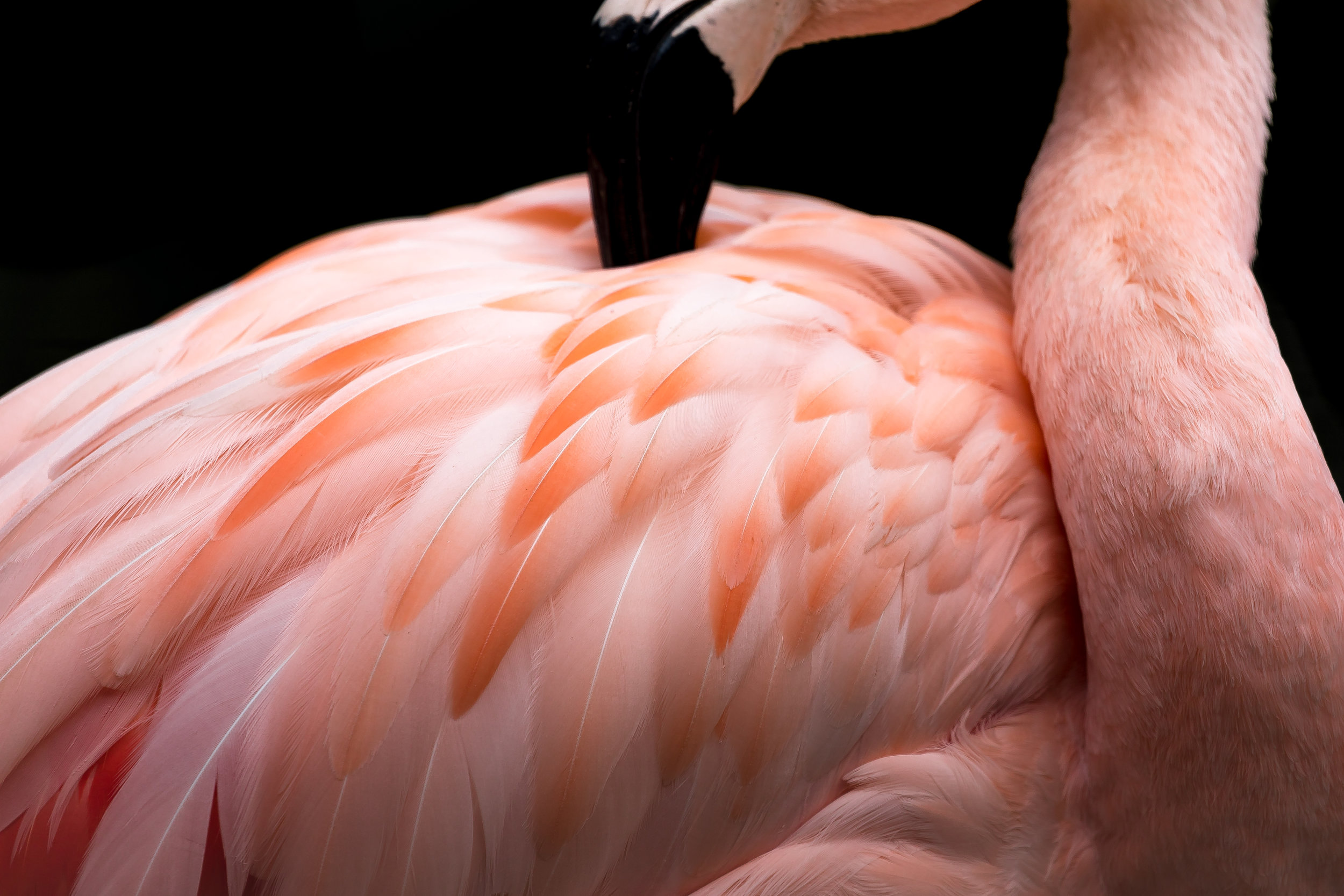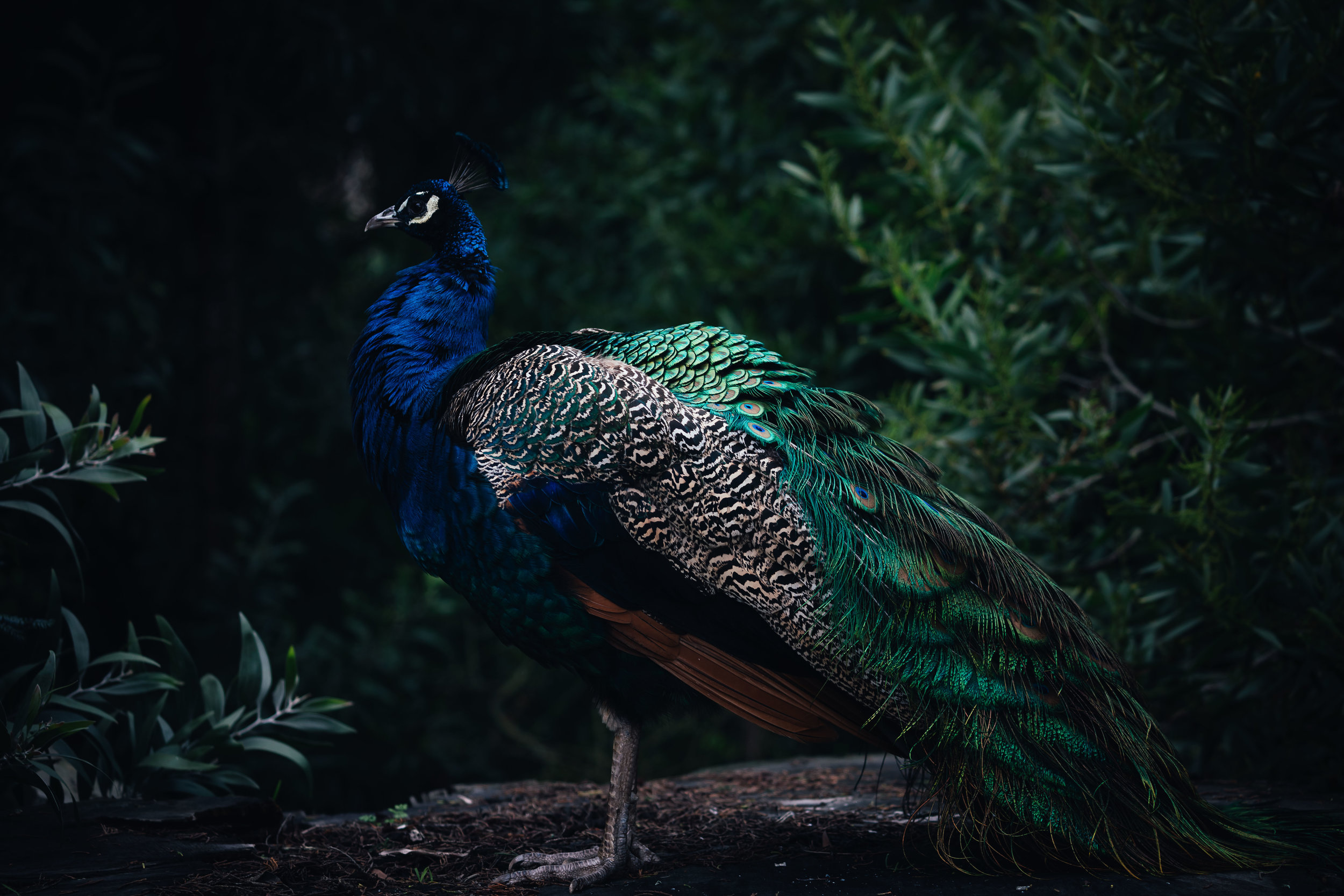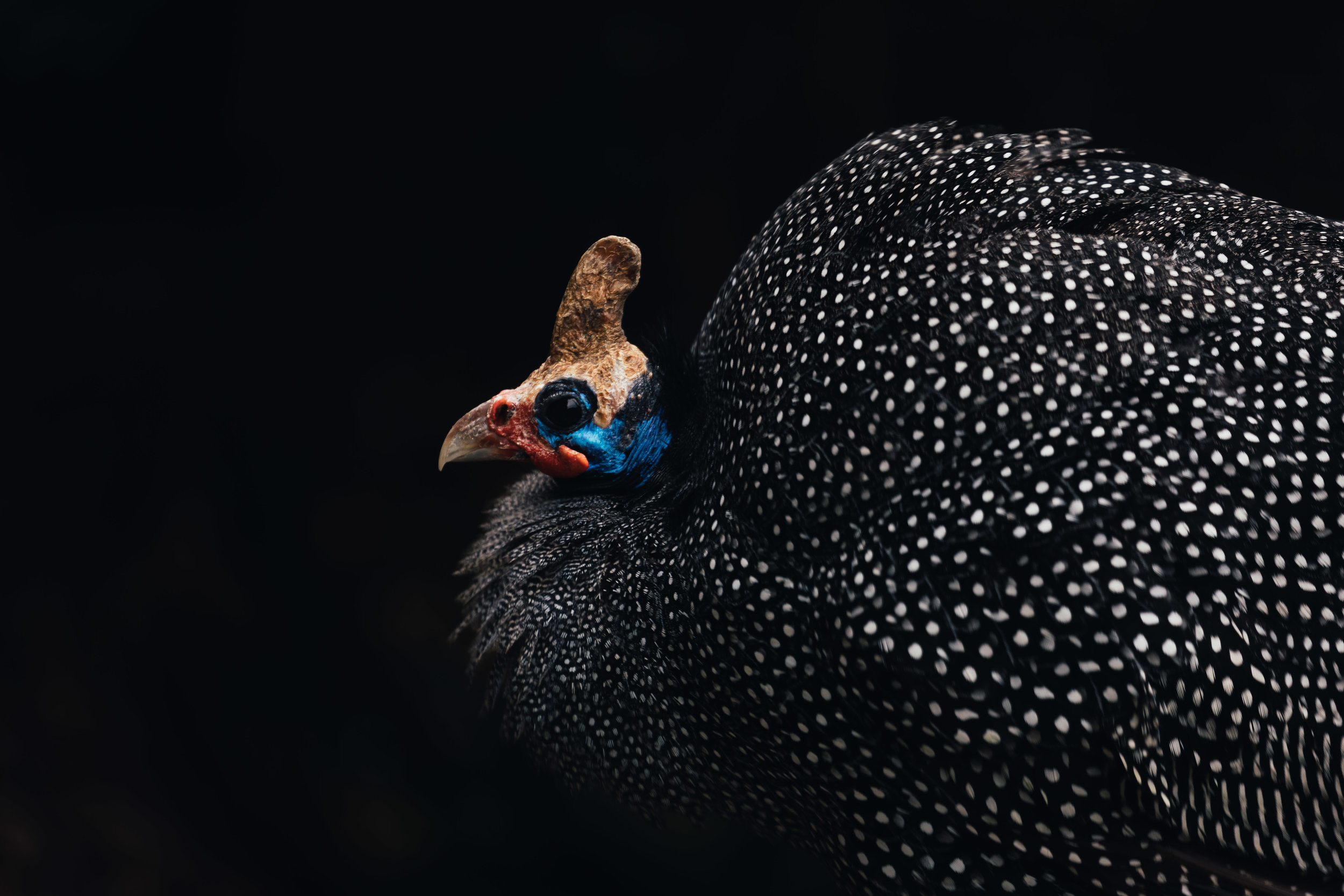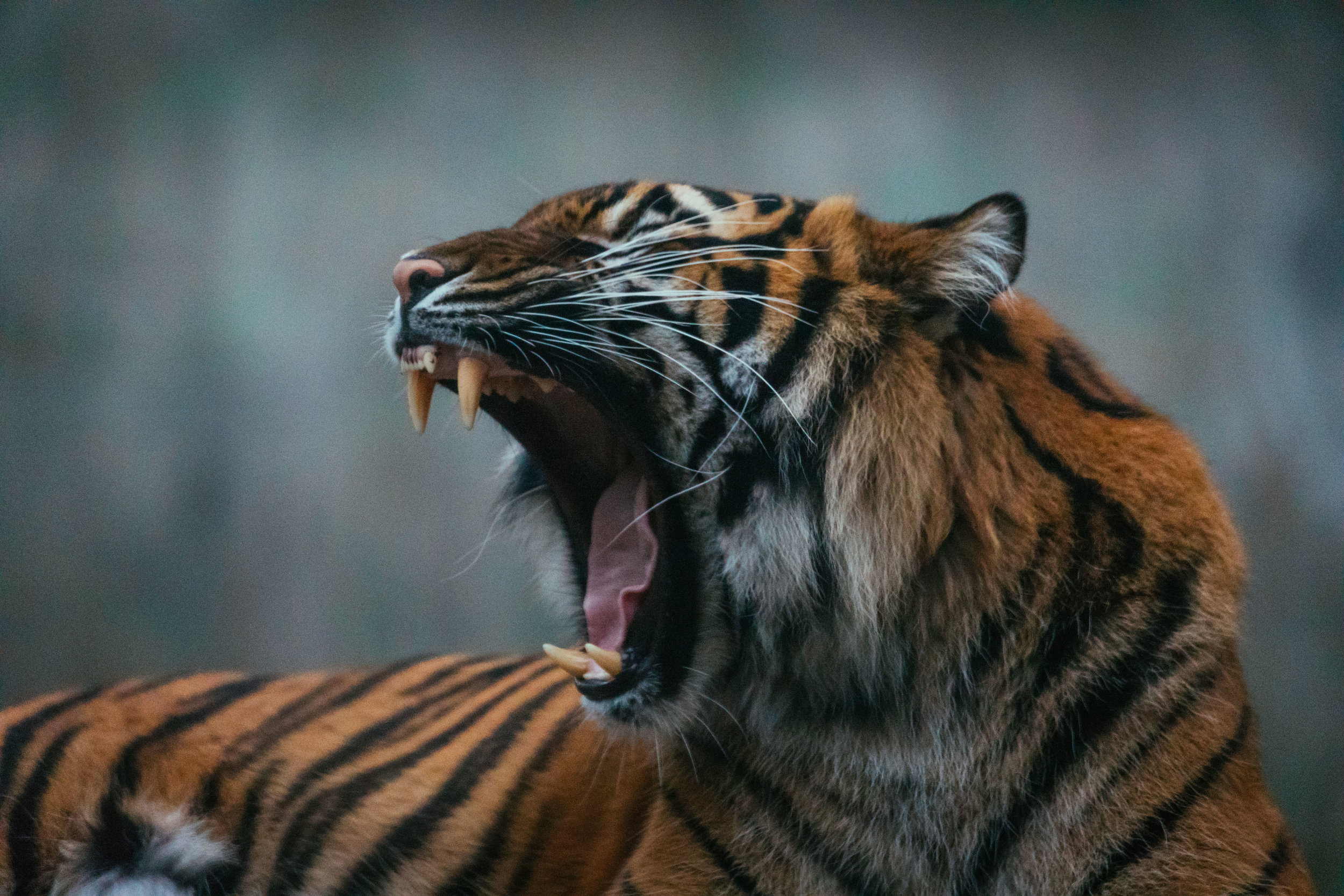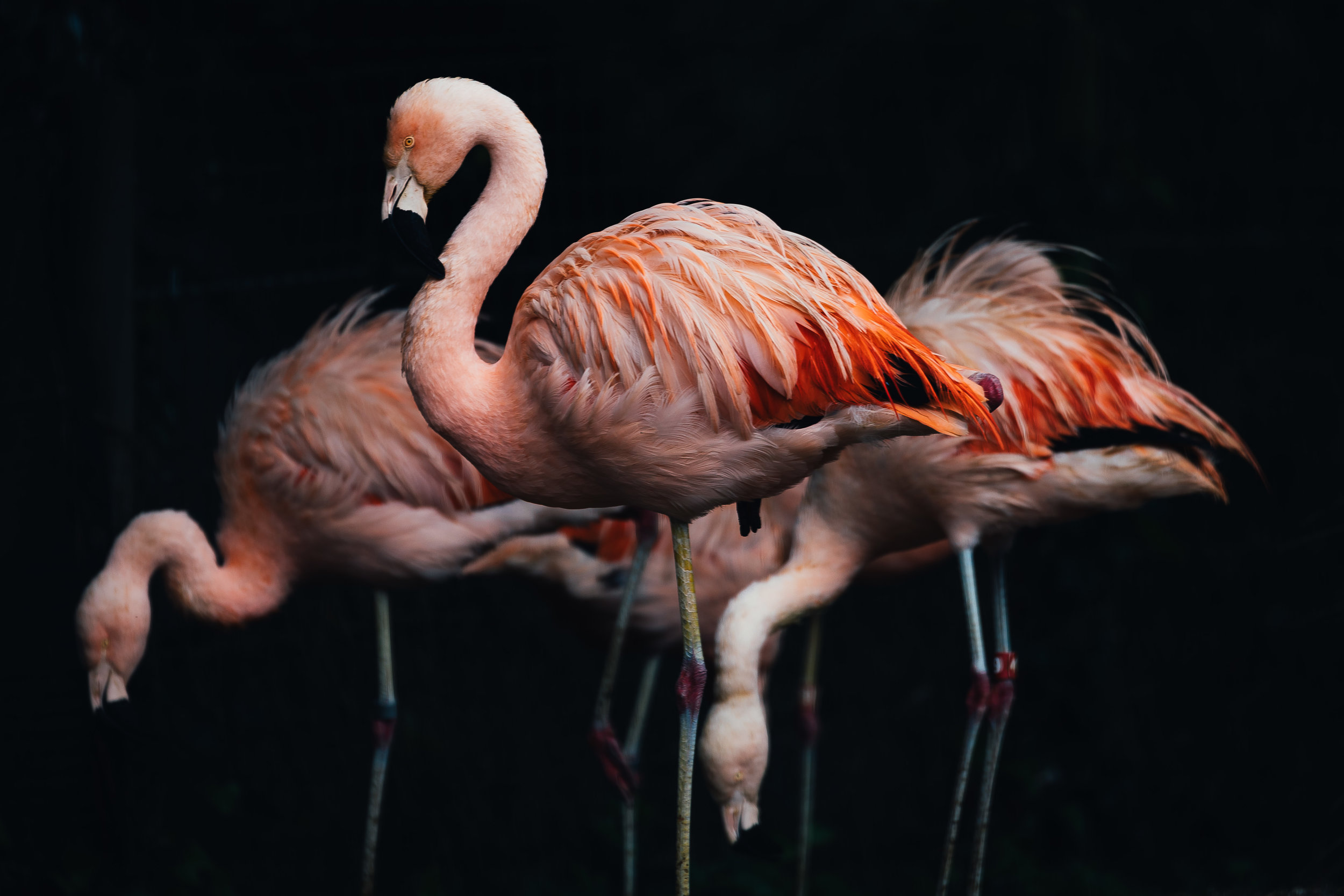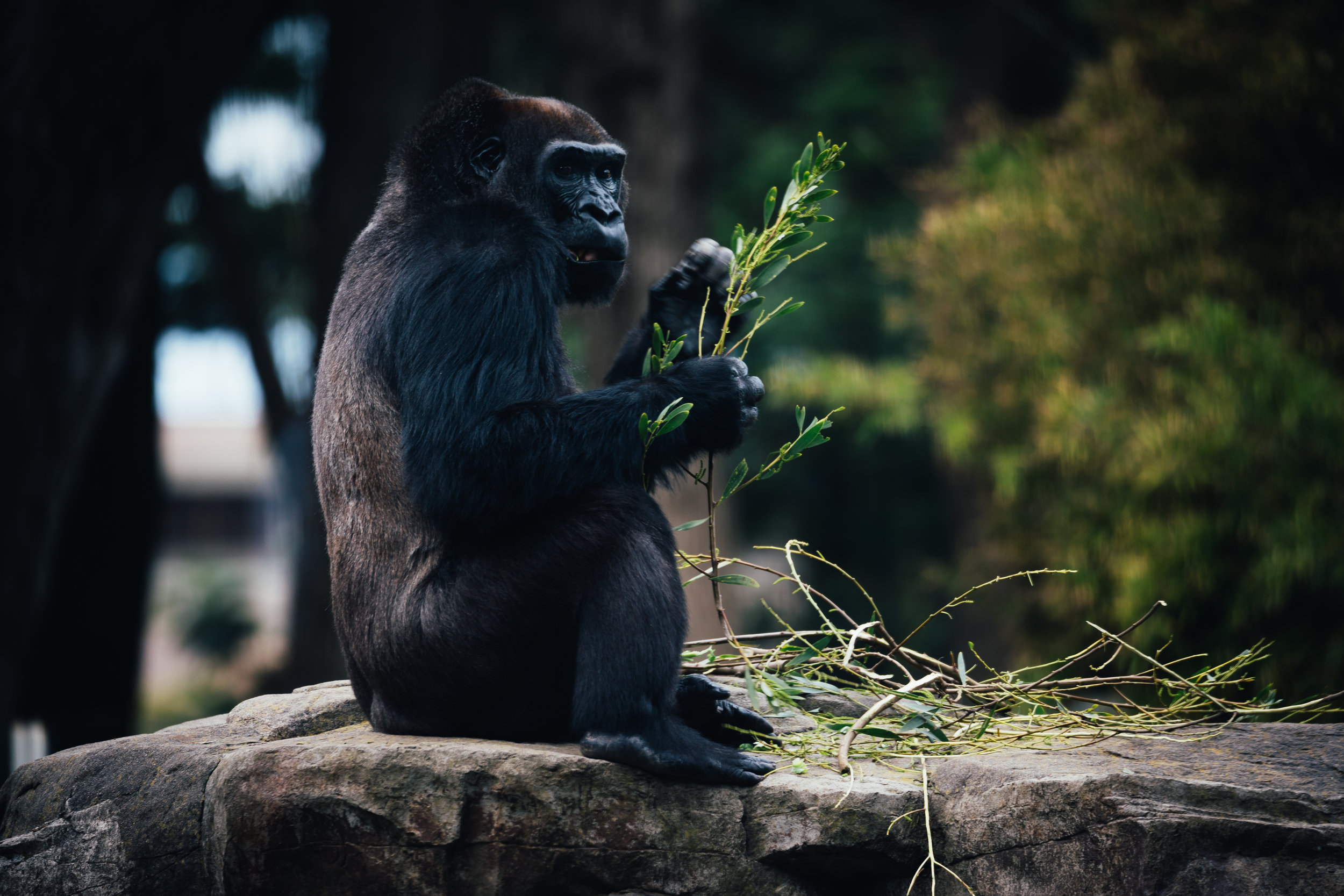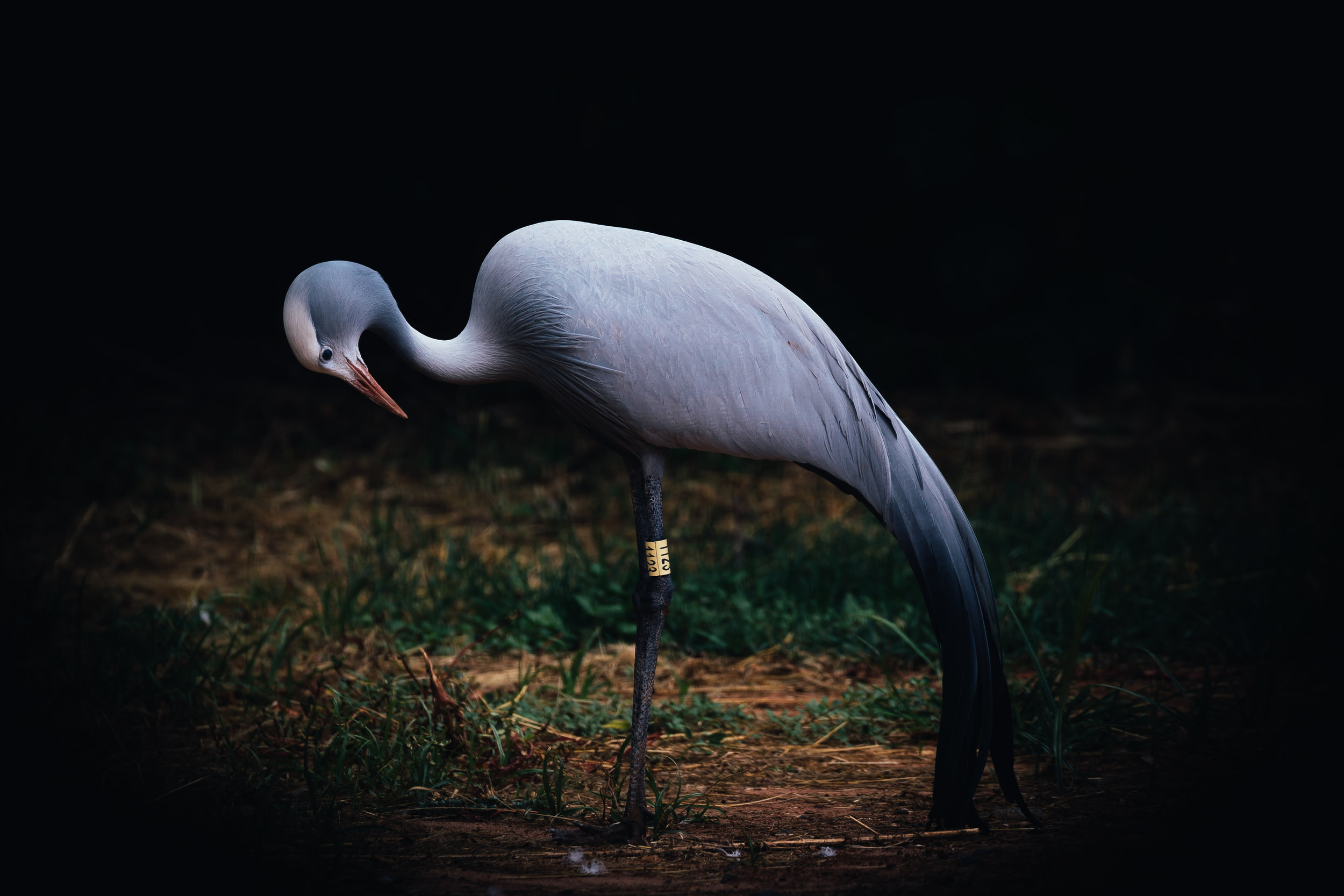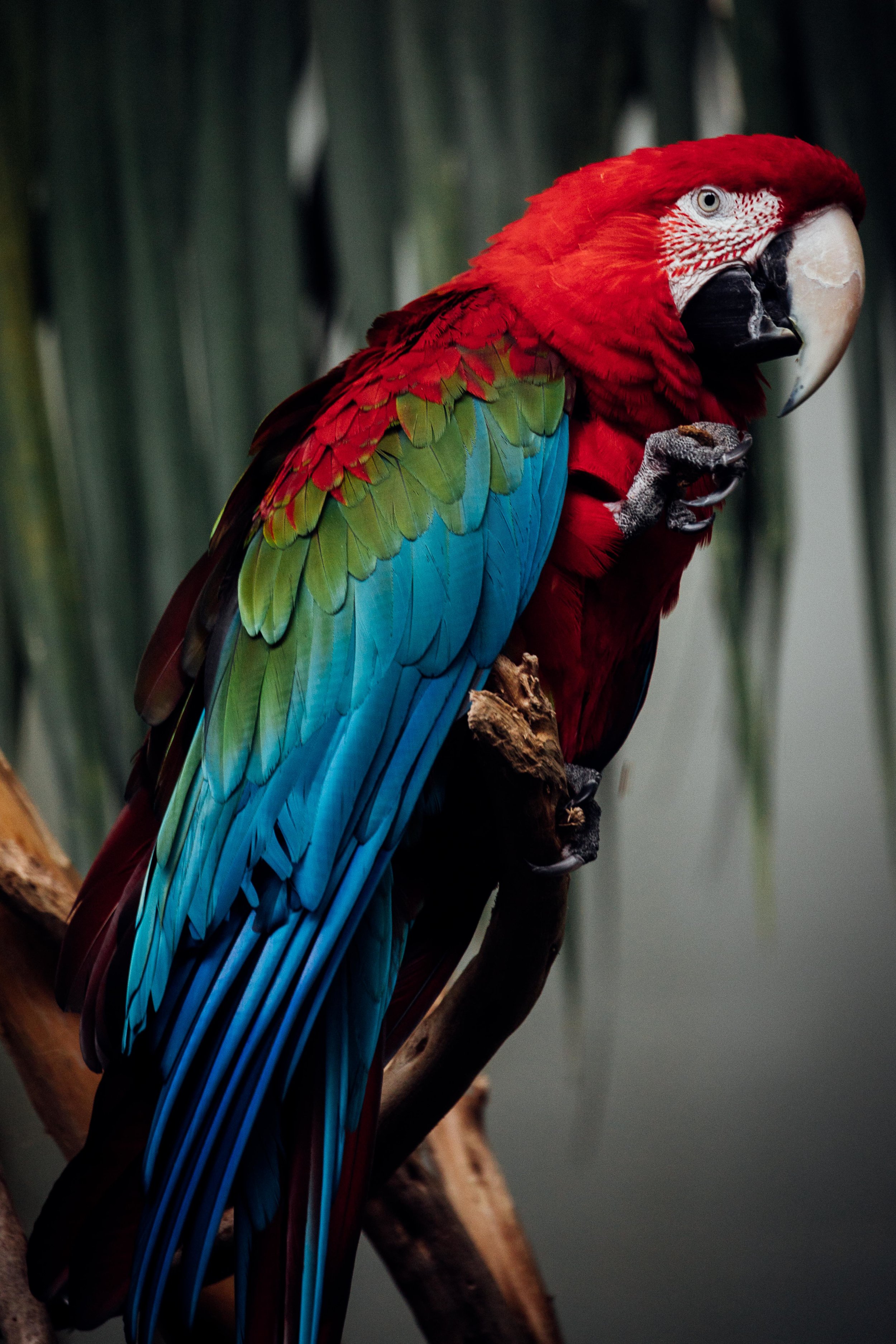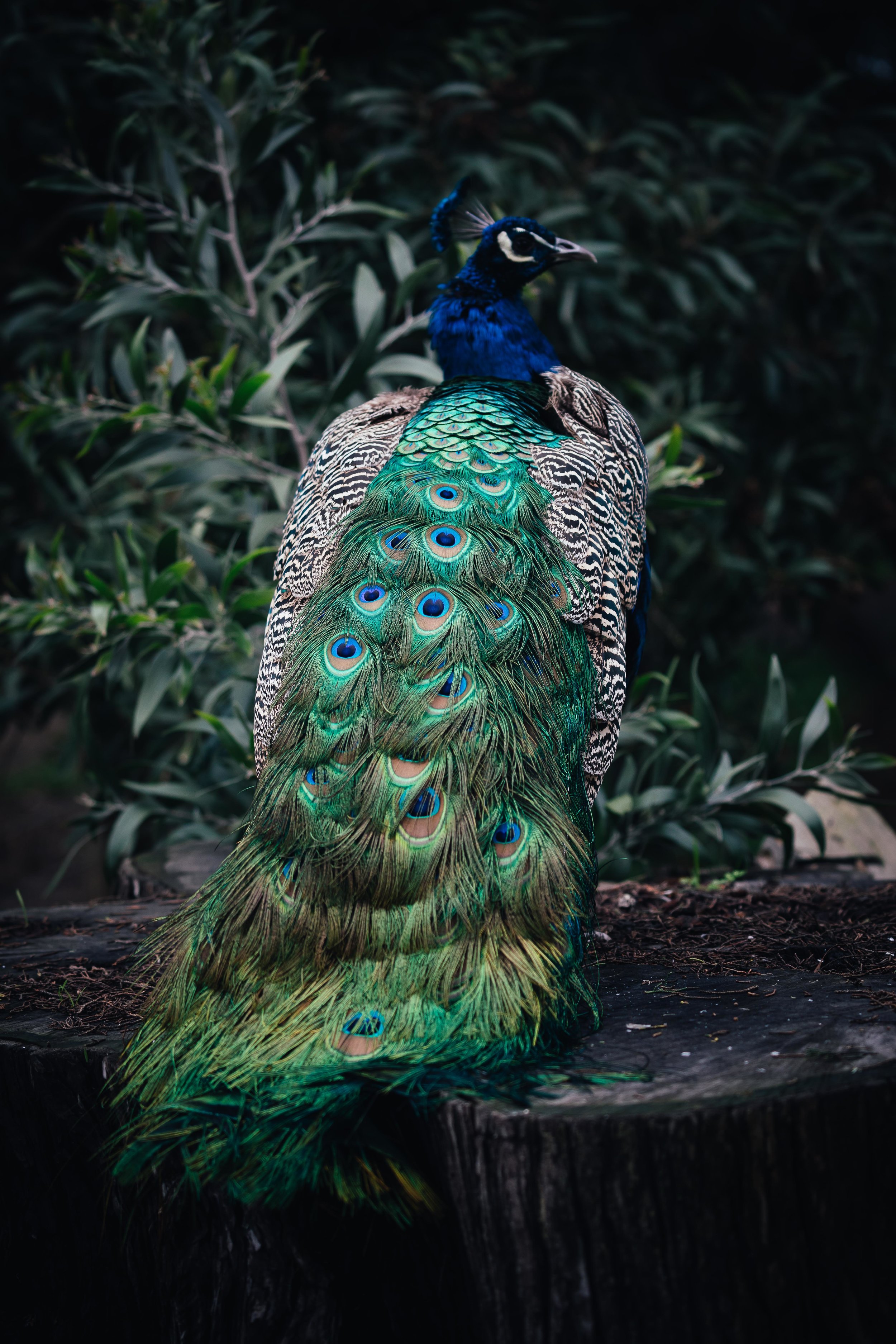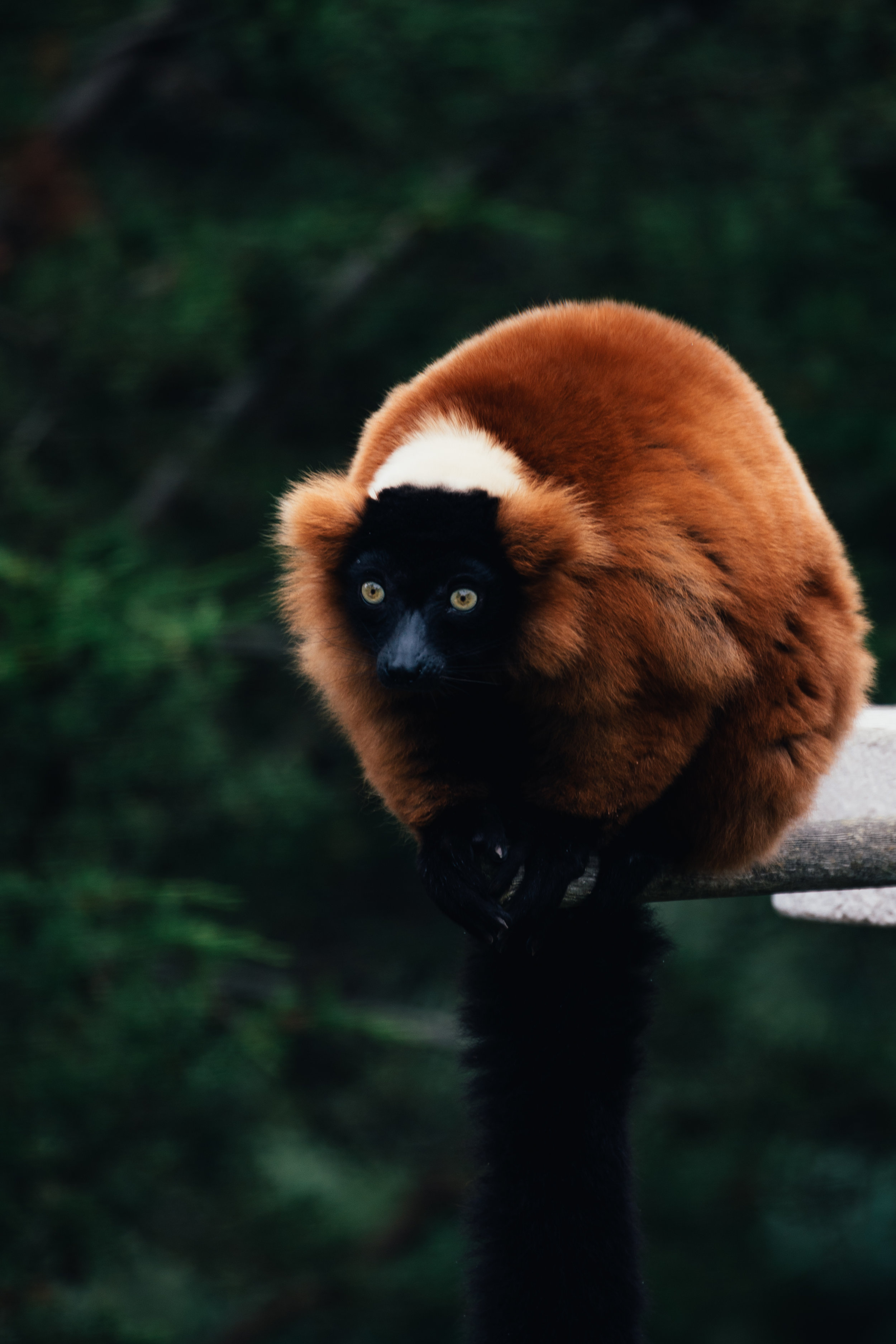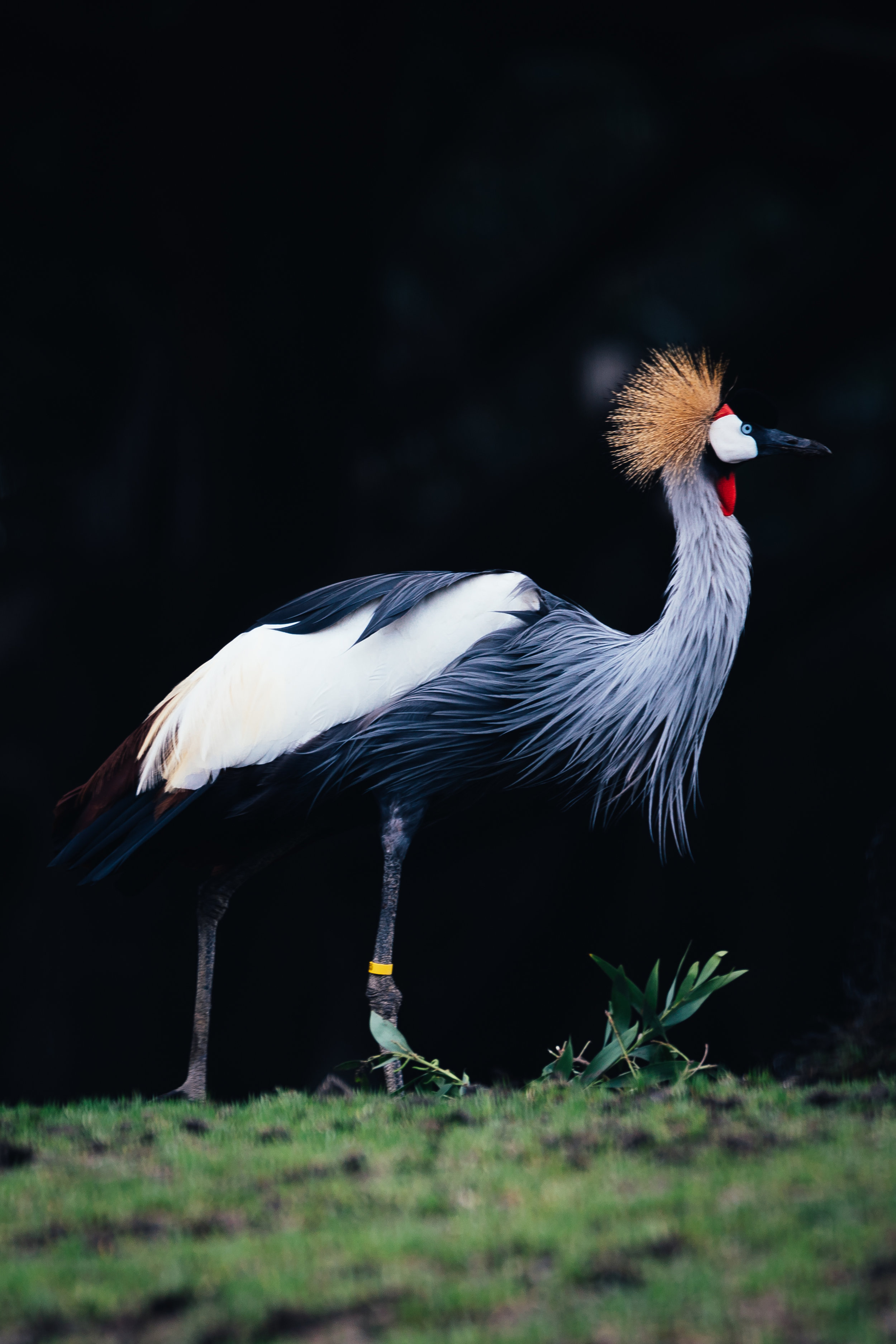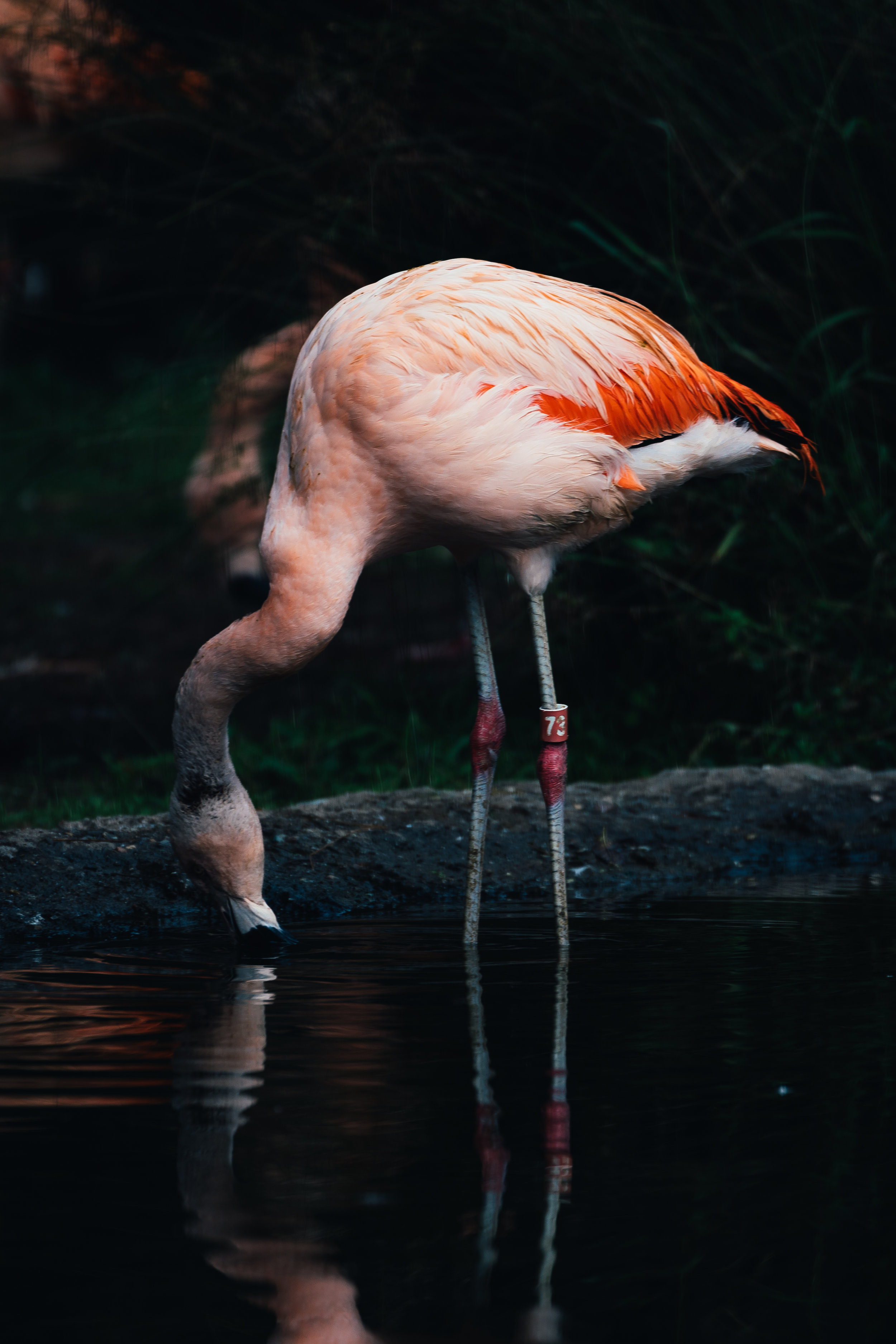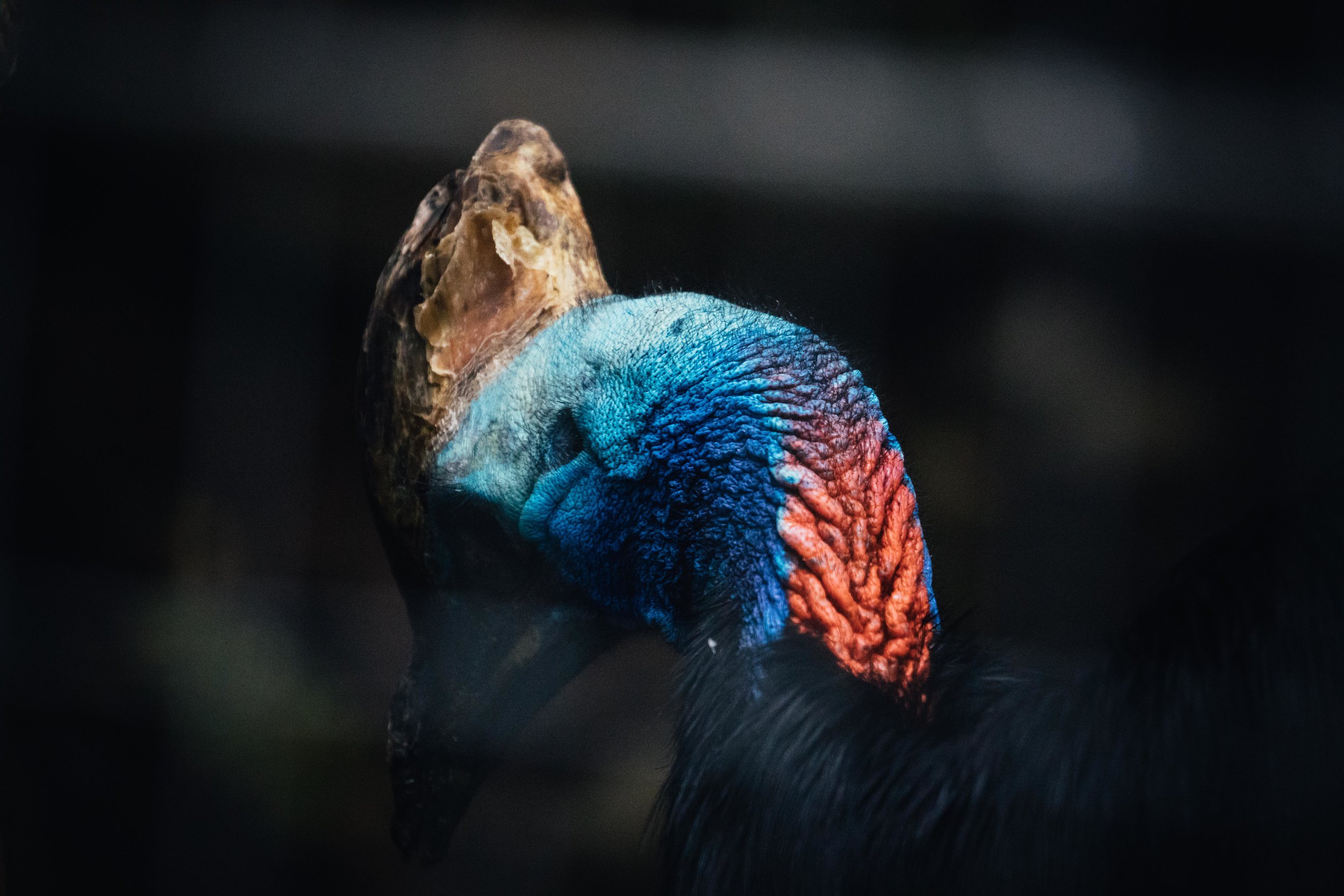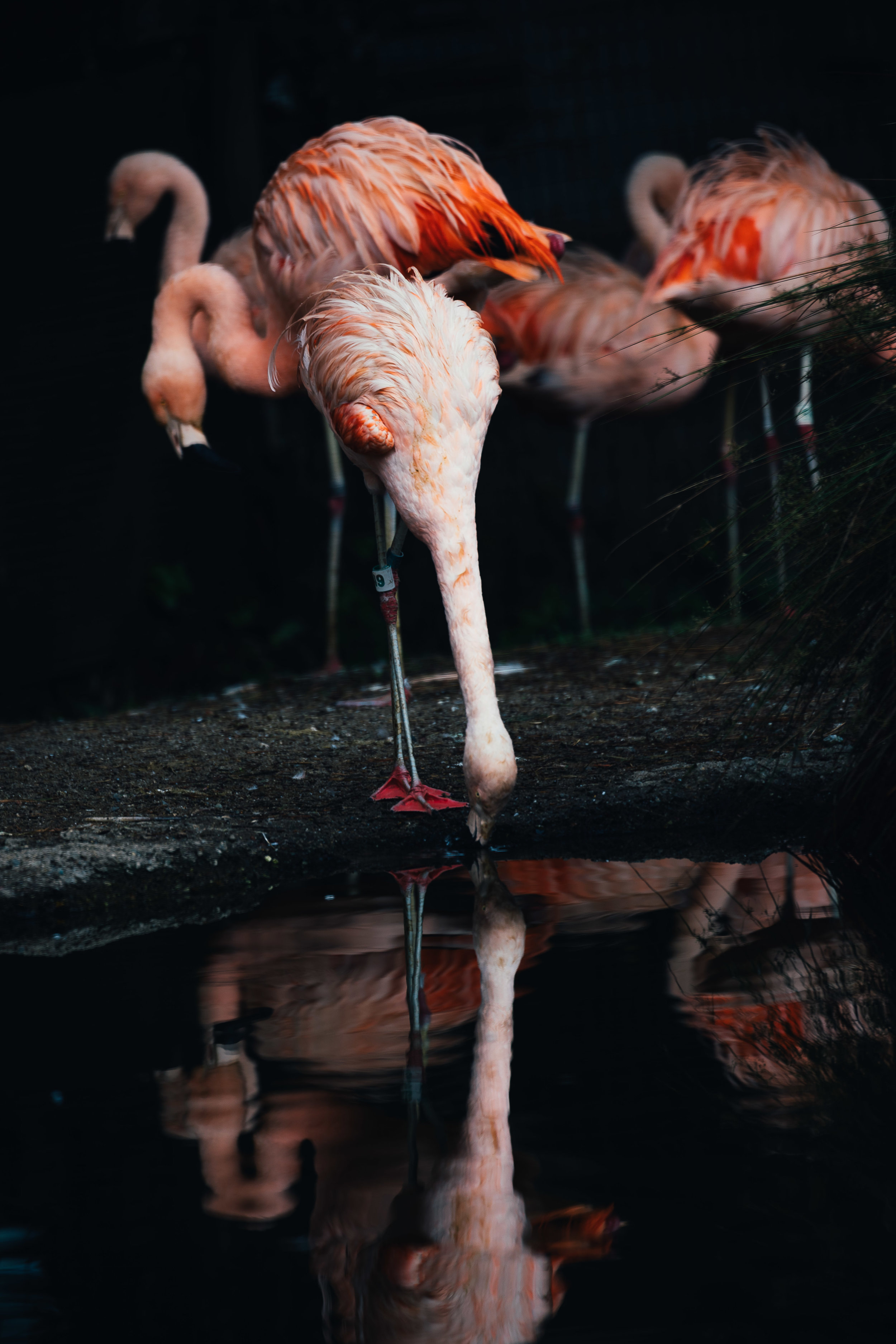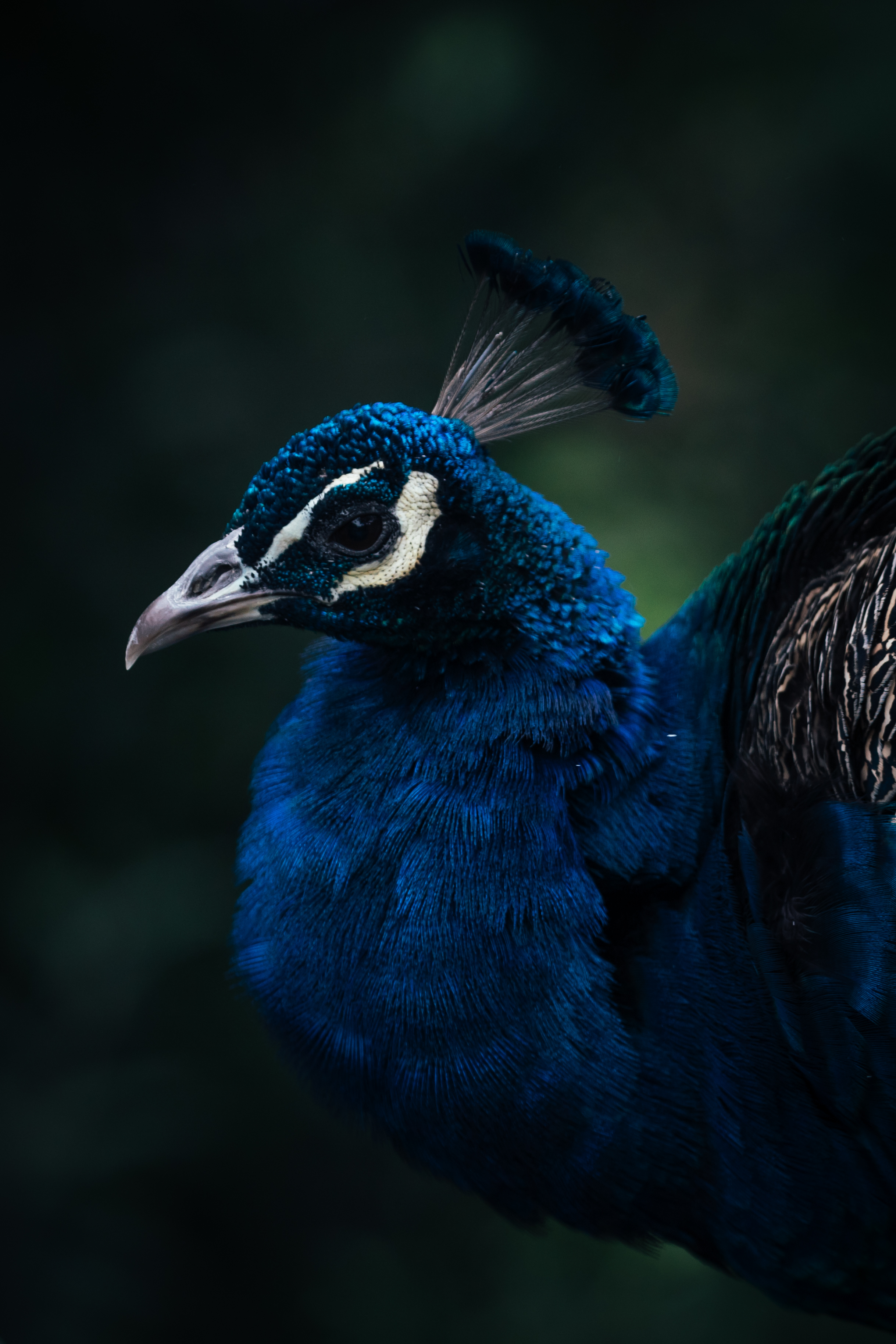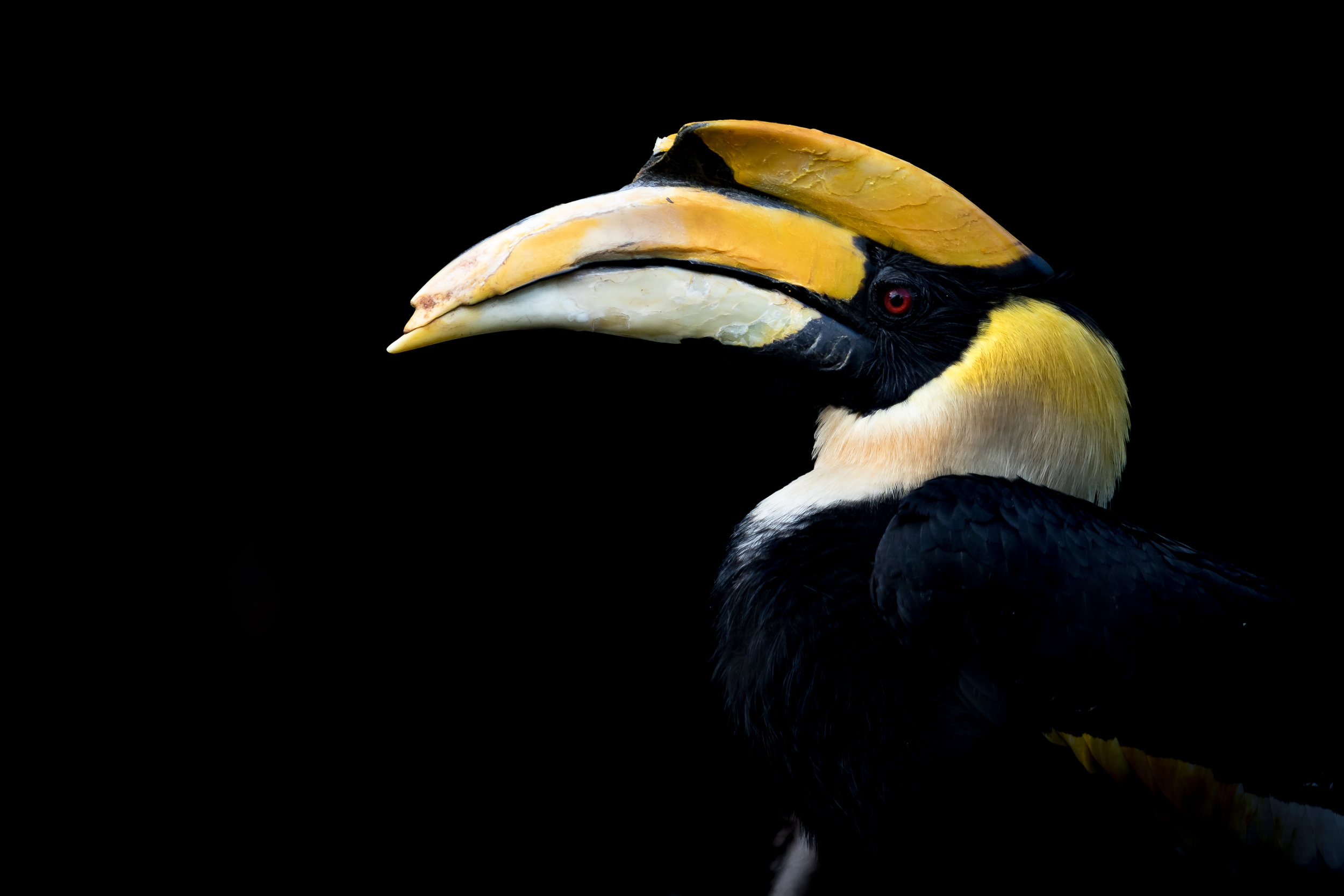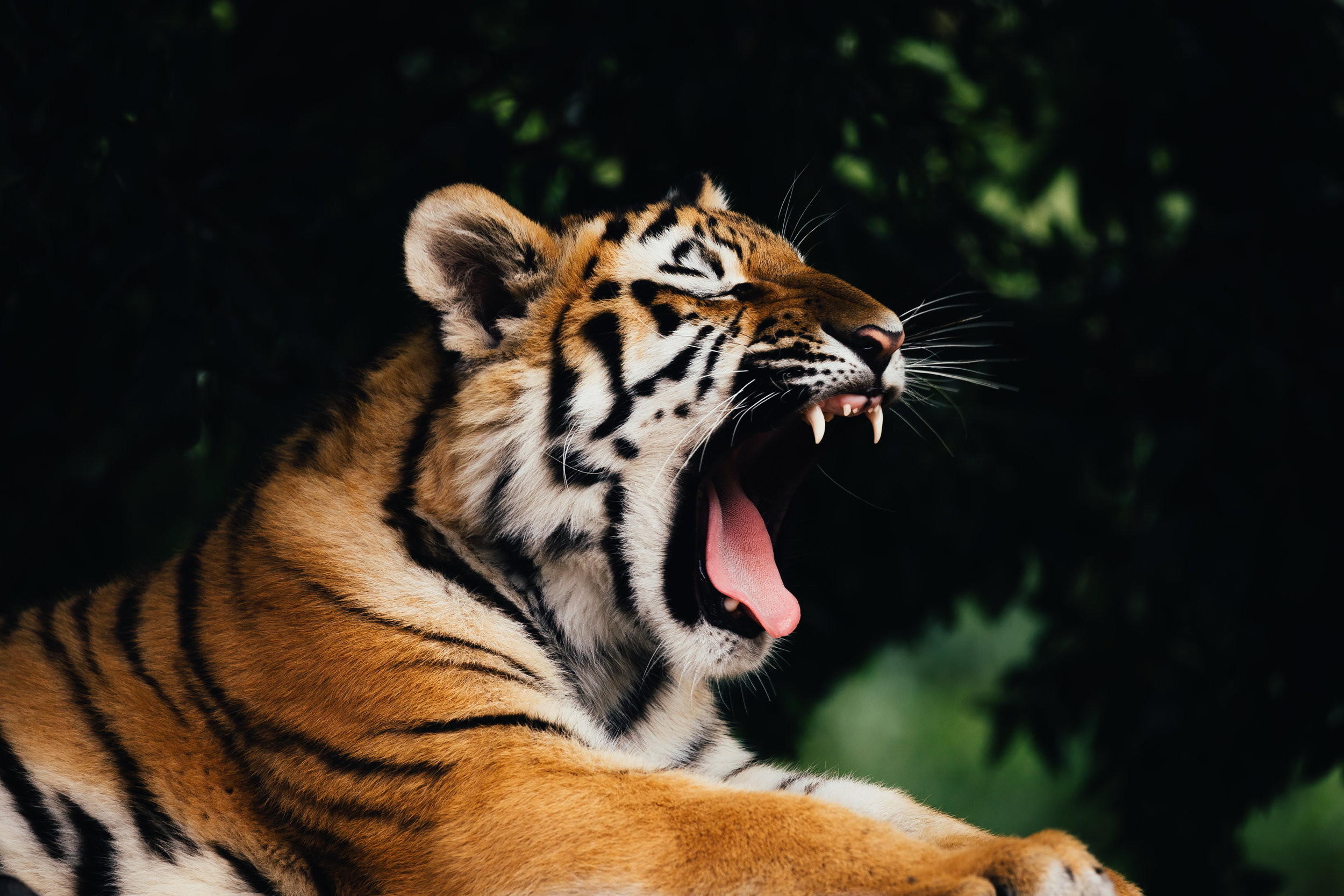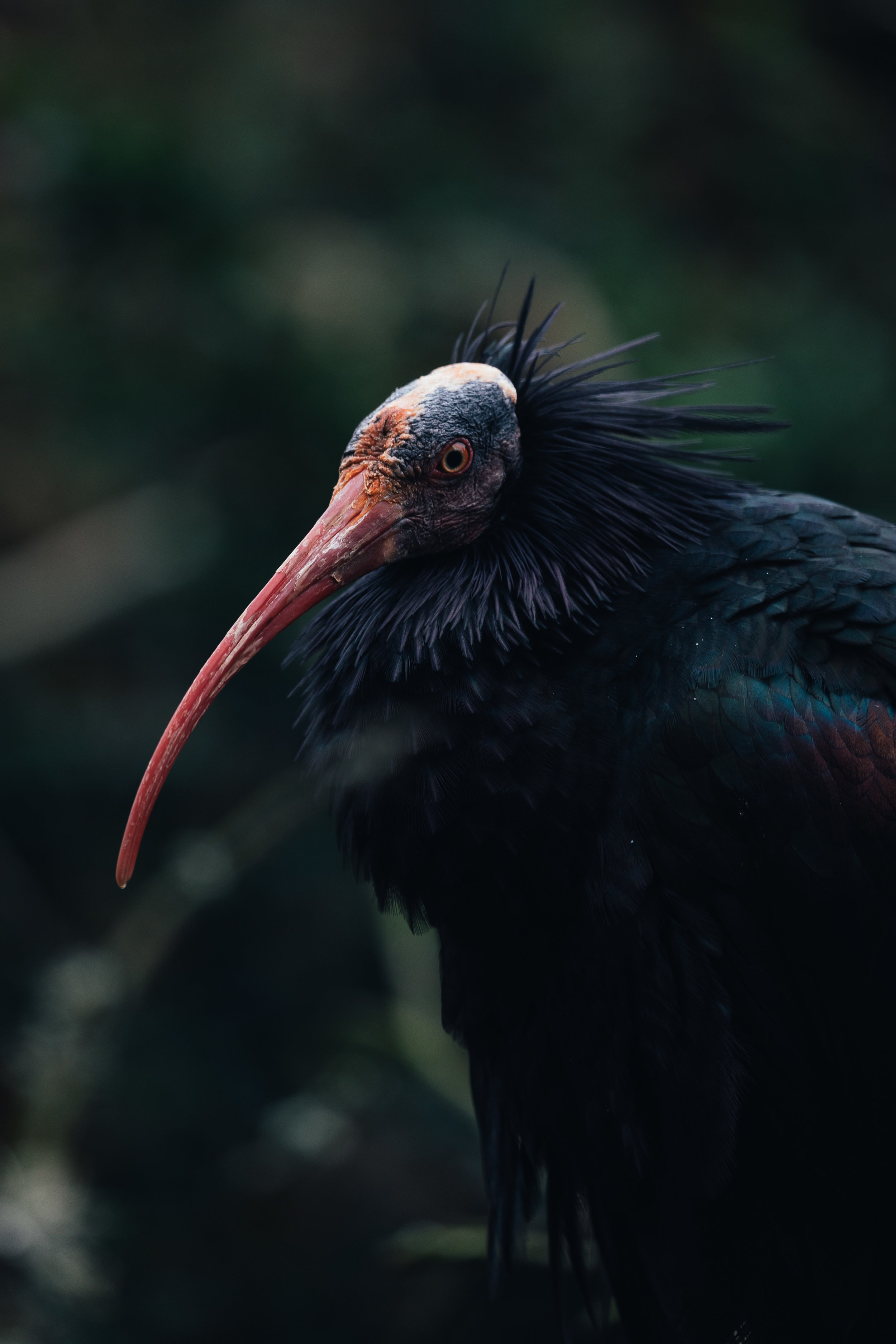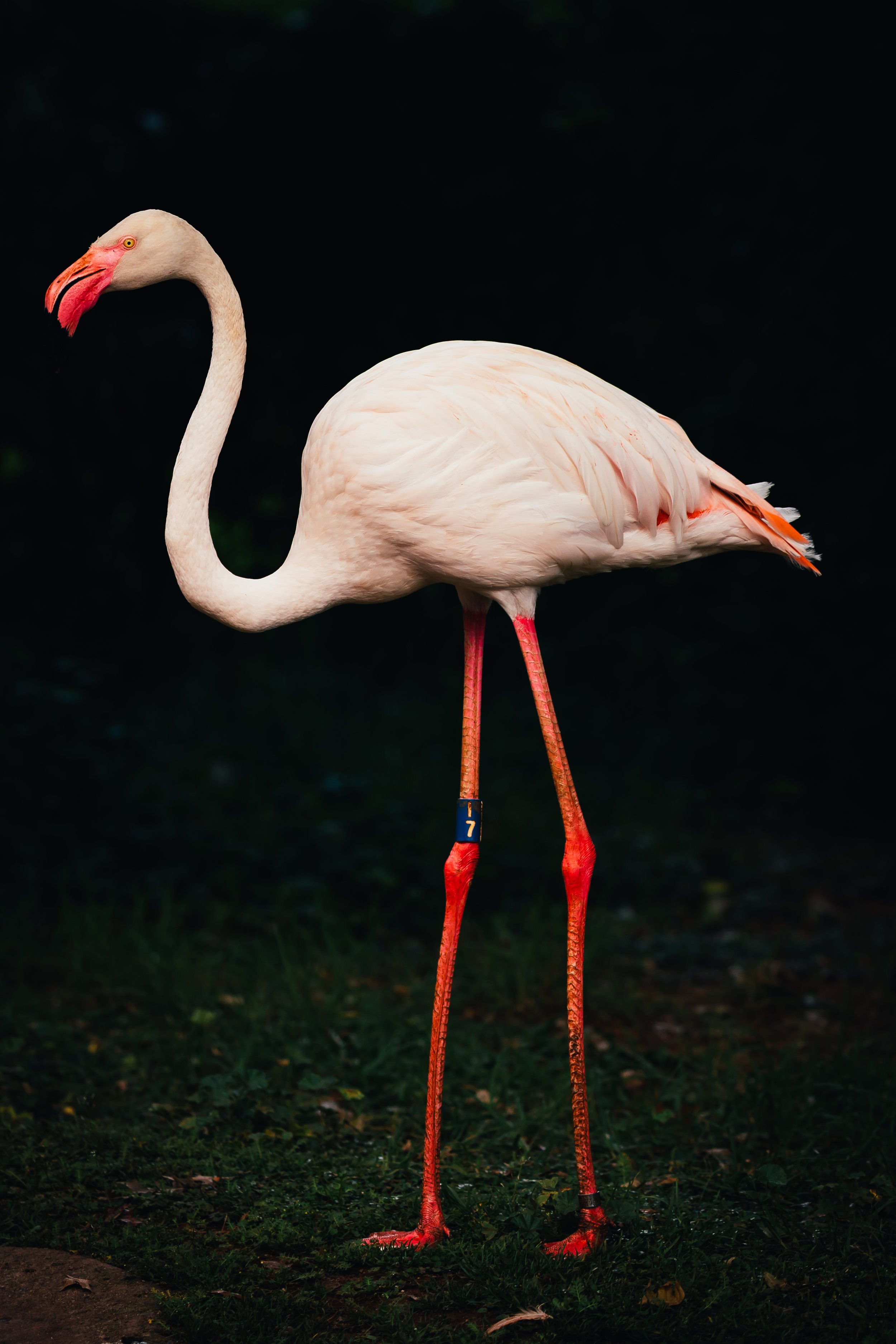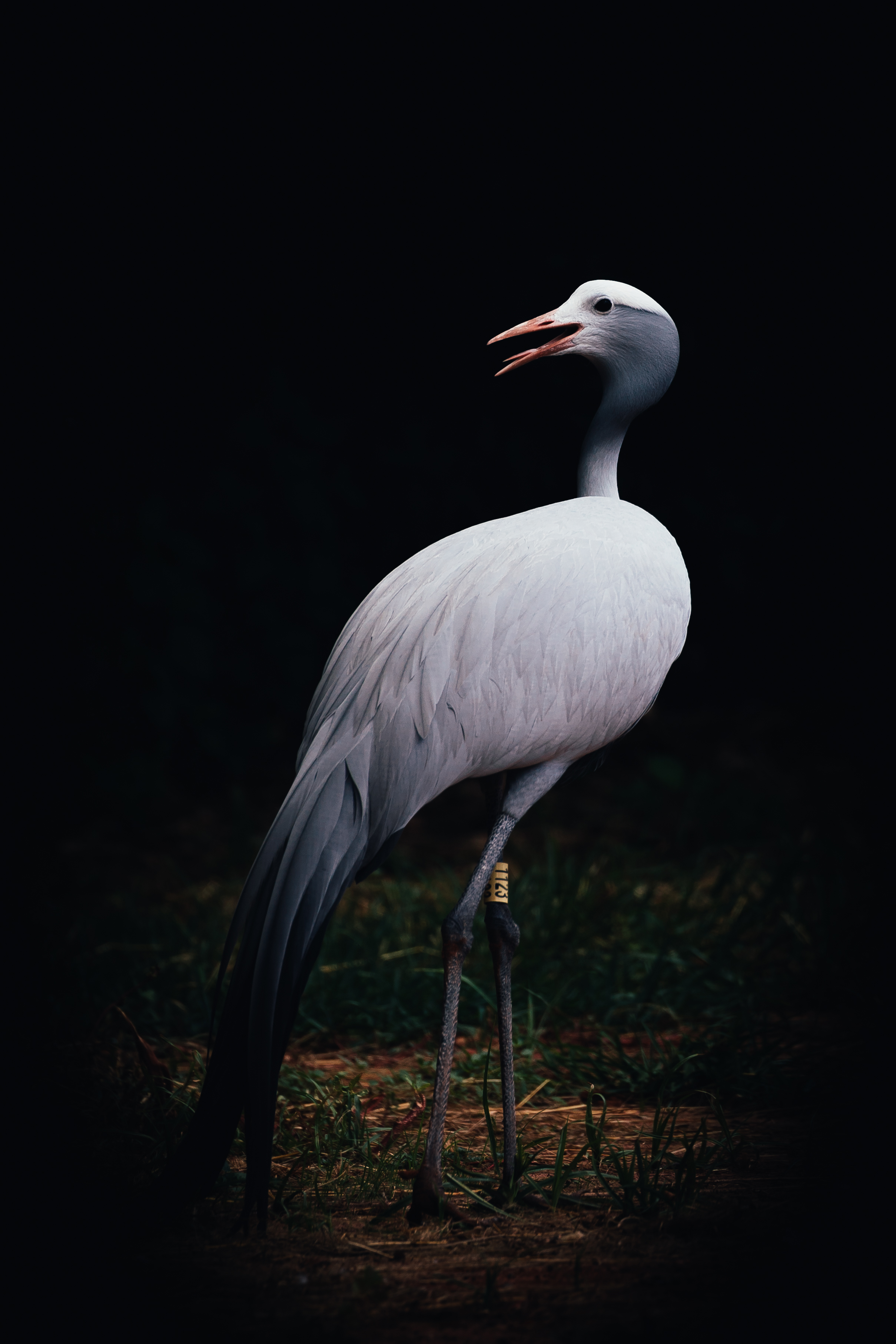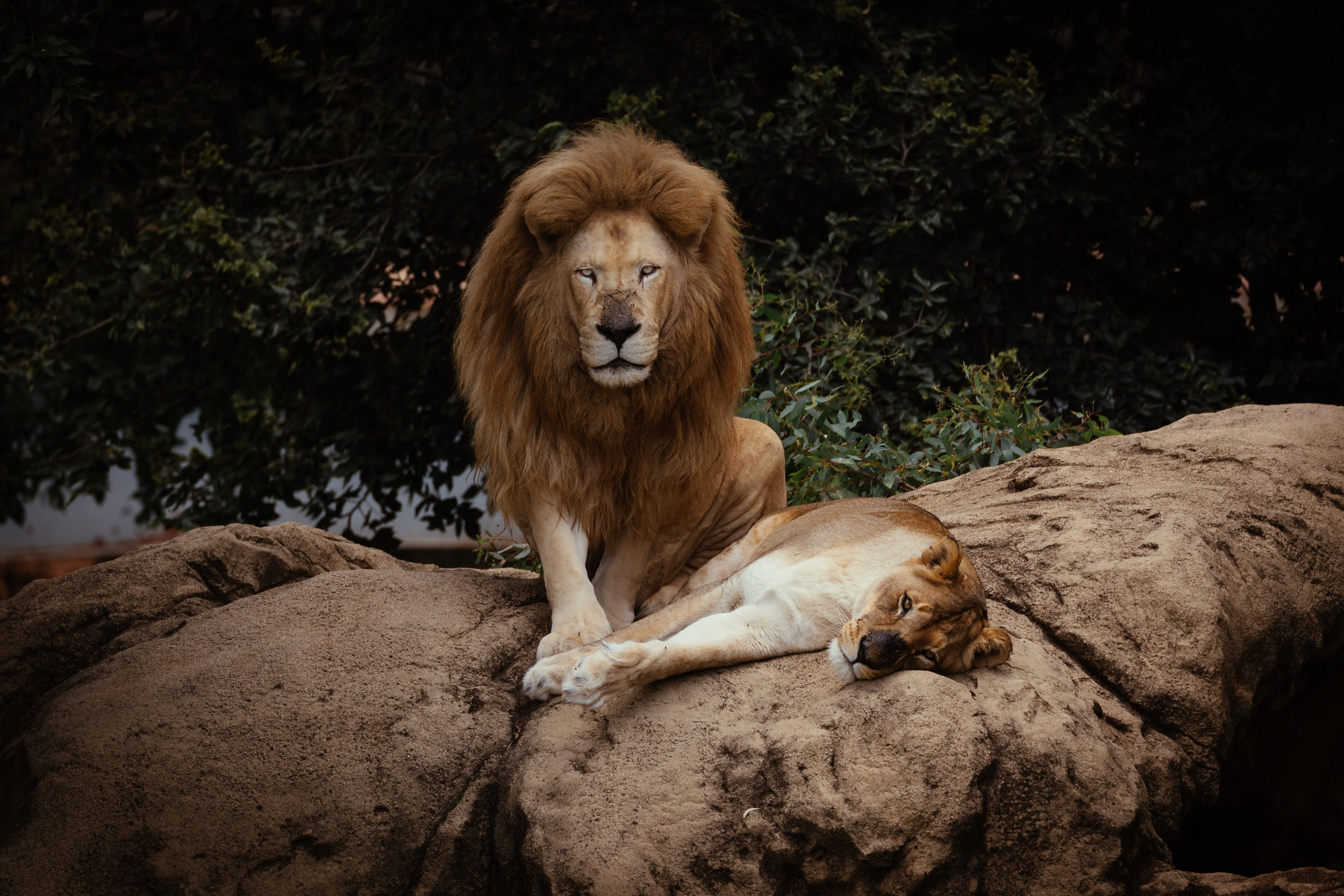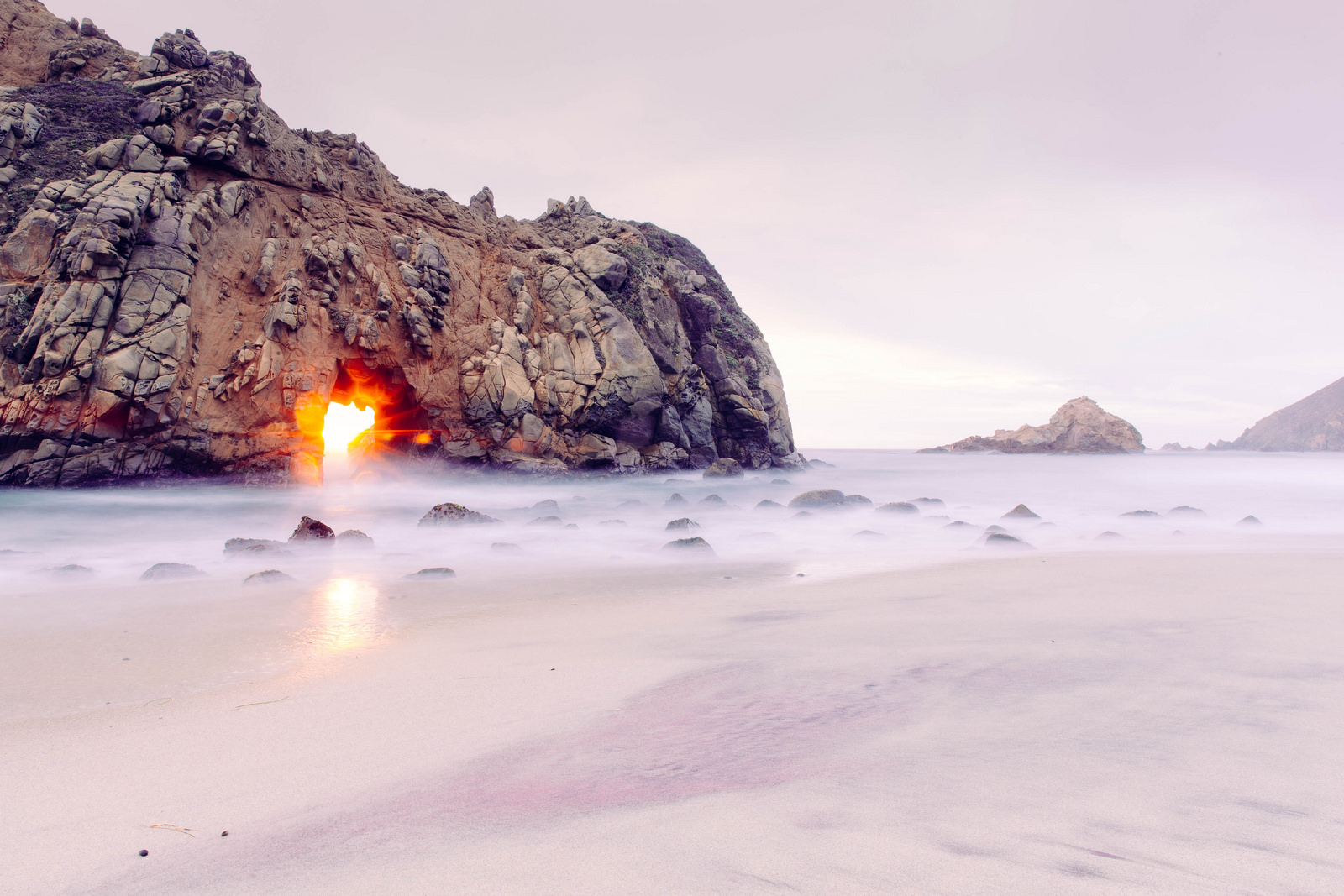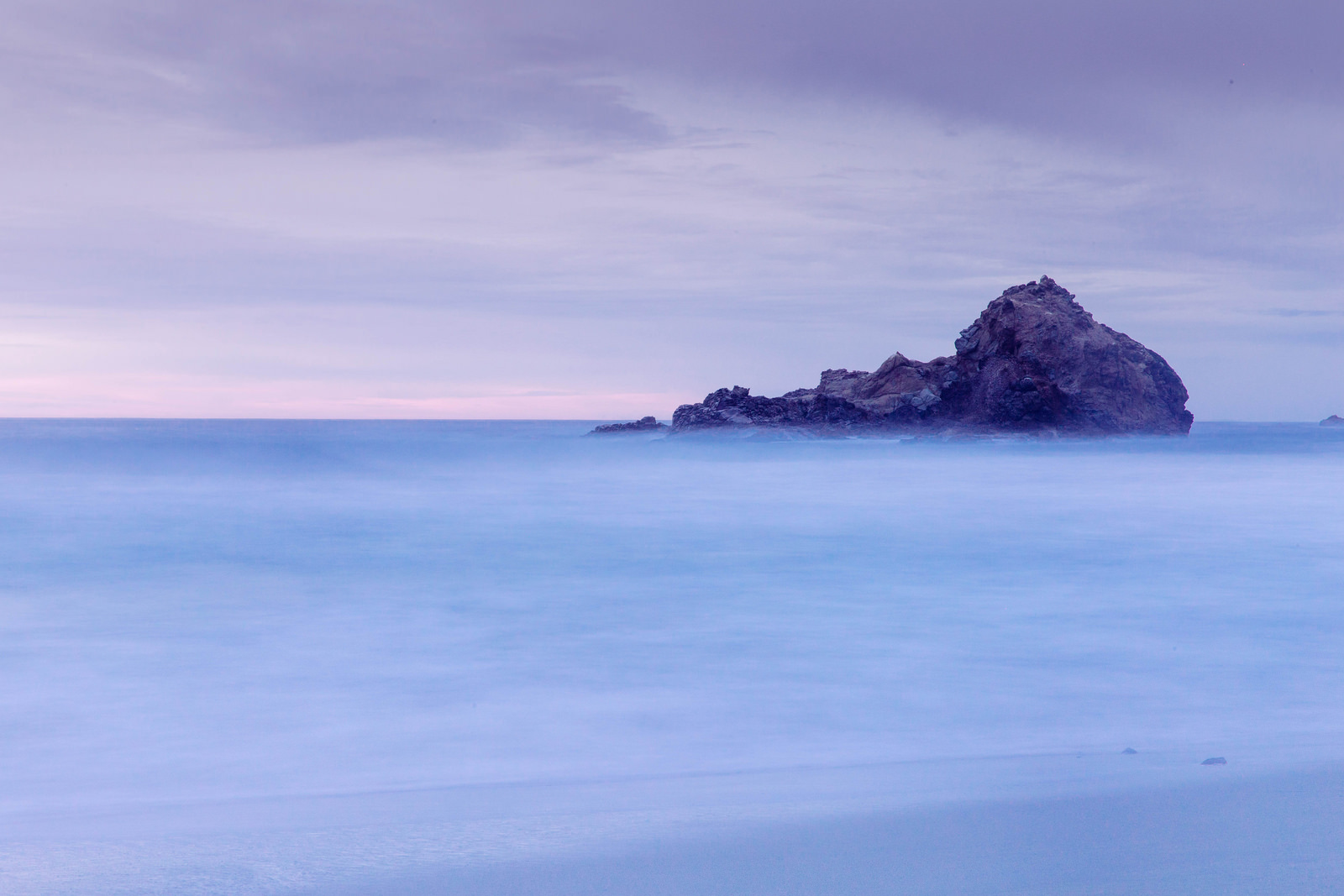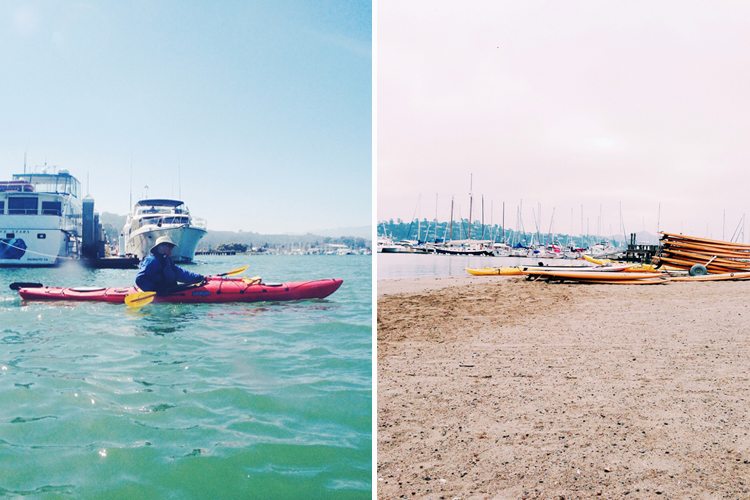In case you missed it, I recently announced my plans to take some extended time off of work to travel the world and practice photography.
My first trip brings me to Africa for safari with Intrepid Travel. I'll be practicing wildlife, cultural and travel photography in ways I’ve never done before.
There’s a reason why photographers tend to specialize in one area - each type of subject requires a masterful understanding of very specific requirements.
For wildlife, I need to work with a super telephoto lens - one that’s also light enough to carry along with me. Telephotos are heavy, enormous beasts! So, it’s key to be realistic and decide what's most important: choosing the best possible lens out there or one that’s good and manageable on the road.
A majority of my time will be spent rattling and bouncing around a safari vehicle and a big piece of expensive glass is even tougher to deal with in that kind of precarious situation.
With all of that in mind, I decided to go with Canon’s 100-400mm f/4.5-5.6L IS II weighing in at 3.5 pounds and fitting snugly into my backpack.
- Weight: 3.5 lbs
- Rental Cost for 10 days: $135
- Retail: $2,199
I’ve also decided to rent from BorrowLenses - an easy choice for those who aren’t committed to own. (For the curious, I am shooting with a Mark IV.)
For comparison, if I was a pro, had assistants and was setting up for the most idealistic shot, I’d probably go for the 500mm f/4L IS II. Prime lenses are always better.
- Weight: 7.03 lbs (!)
- Rental Cost for 10 days: $540
- Retail: $10,500
Kind of a no-brainer when income is being reduced to zero.
Before leaving for Africa, I had to get out there and try this new-to-me telephoto lens to get a feel for its weight, quality, distance, and to get an overall understanding of how the lens works. So, I rented it for a weekend and took it for a spin.
What better place to go practice photographing wildlife under known conditions than the San Francisco Zoo? (Author’s Note: Zoos make me feel sad).
I’m really excited about the images that I was able to create. The lens was smooth and wasn’t terribly heavy. By the end of the day my arm was sore, but not painfully so. The image quality was superb as well.
I am concerned that the max focal length of 400mm won’t be enough to capture animals in the wild at greater distances, but now I have proper expectations set and am ready to face whatever this safari gives me.
I call this series: Animals in Captivity, 2016
For these shots, I went with a high shutter speed for these fast moving animals, a wide aperture to minimize detail in the already dark cage backgrounds and a low ISO to get the least amount of noise. I used only natural light - the afternoon was soft, darkish and cloudy.
All the shots were intentionally underexposed to bring out some drama and slightly edited in Lightroom to make the shadows darker and the highlights brighter.
I had the most fun with the birds, of course.
Can’t wait to get my hands back on this lens and get out there to Africa. Follow along with me as I head out on January 13th.
xoxo,
Allison


